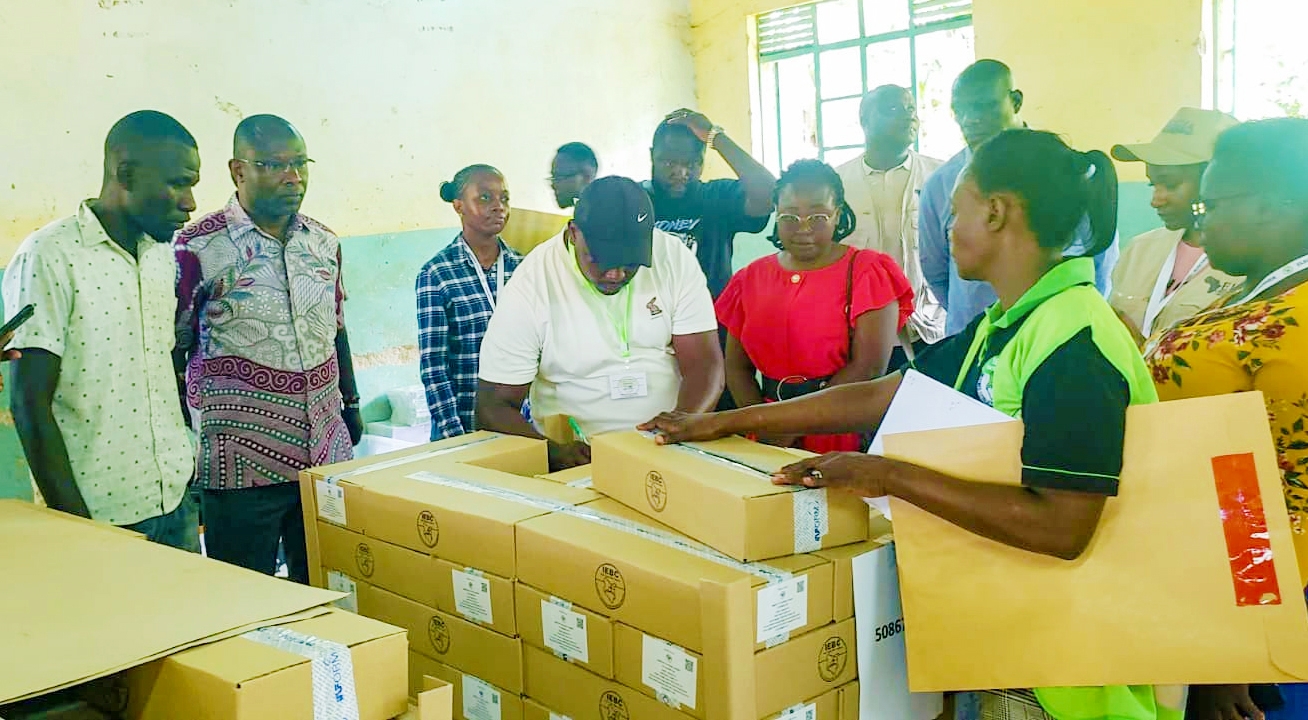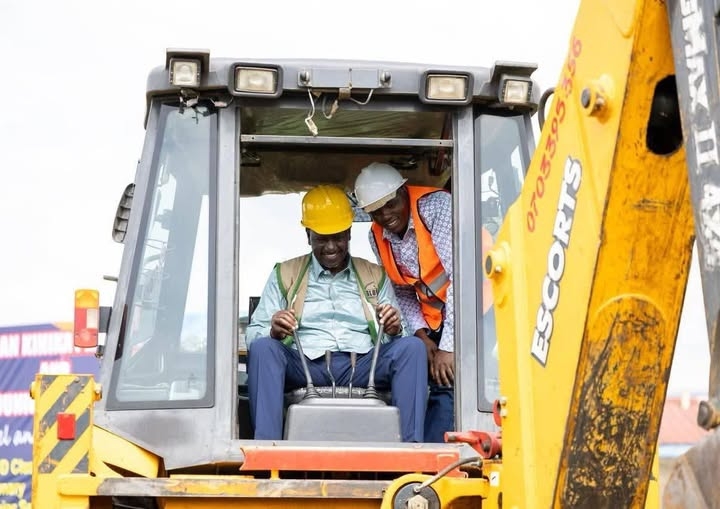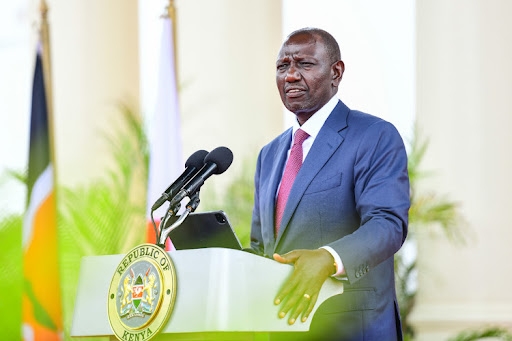Flooded lakes in Baringo are displacing thousands of people, posing health risks, loss of livelihoods and property.
A recent report by Jamii Asilia Centre showed the extent of the damage around Lake Baringo, Lake Bogoria and Lake 94, giving residents sleepless nights.
“Something ought to be done urgently to reassure the flood victims of their livelihoods,” JAC bio-systems expert Engineer Robert Chirchir said.
The drainage basins fall under the geological Great Rift Valley basin. Chirchir said the lakes sit on the seismically active Arid and Semi-arid Rift Valley belt, with recorded strange geological phenomena that go beyond heavy rains.
In his findings, he said Lake Baringo and Lake 94 already merged back in August, while the alkaline warm water Lake Bogoria keeps narrowing the gap between them towards mixing.
“Initially in January 2010, the lakes were 23km apart, but now they are barely 7.3km apart,” the expert said.
Lake Baringo, a freshwater lake, increased drastically the area under floodwater from 145.1km2 in May 2010 to 238.4km2 in November 2020.
“Tremors have been reported in the region, with scientists attributing them to tectonic movements that have led to the development of sinkholes and fissures on the earth’s crust,” Chirchir said.
He says the lakes do not have known outlets, with Lake Baringo presumed to have an underground outlet at its northern tip that drains out at Kapedo springs.
The environmentalist said likely solutions include pumping out the lakewater and digging up canals to drain the lake on its northern shores, although nothing has been done so far.
He said the most the local government has done is to create road diversions that have been cut off by the lake’s floodwaters, especially along the main Marigat-Loruk-Kapedo highway.
“There is a reason to worry. An ecological disaster would arise if the waters from the lakes finally meet, for it will affect both flora and fauna,” he warns.
James Kimaru, senior conservation warden at the Lake Bogoria Game Reserve, also noted that the lake has expanded from its original 34km2 in 2017 to 43km2 in November 2020.
The rising water phenomenon has been the focus of study for many scientists in the recent past, and it has largely been attributed to an increase in rainfall levels witnessed globally this year.
It is also blamed on land use changes and human activity that have led to greater runoff into rivers and eventual siltation in the lakes. Encroachment on forestland has resulted in reduced forest cover and wetland zones.
“The forest cover in Kenya’s catchment areas like the Mau Forest complex has reduced considerably from 75 per cent to 15 per cent over the past 50 years,” Eng. Chirchir said.
Geologist and Egerton University lecturer Dr Clement Lenashuru says all Rift Valley lakes do not have feasible outlets.
“Excess water is, therefore, possibly being sieved through the thin rocky openings underground, to join the nearby lakes and oceans,” he said.
Lenashuru attributes the floods to excessive water due to heavy rains, which exhausted and blocked the tiny underneath outlets, therefore forcing the surplus to find space on the earth surface.
He fears the underground disturbance, shaking and movement of tectonic plates due to human activities like geothermal wells-drilling may have destabilised the earth ecological system.
“Water, like any other substance, always has weight. And if the ground it sits on is shaken or broken, then changes will then arise automatically,” Lenashuru said.
The don further said such rains haven’t been experienced in the area in 10 years. “The African region has received an enhanced rainfall since March, through April to date,” he said.
He said Kenya, like other African nations, needs to strengthen its department of monitoring earth tremors.
The don said the northern part of Lake Baringo is tilted towards huge, rocky, volcanic valleys, which forces the congested water to flow and find some natural fissures, hence the current mysterious outlet in Loruk.
“The water flows into the depression and once it gets filled, then it either stabilises, recedes back or finds more fissures to flow into,” Lenashuru said.
He said conclusive research ought to be carried to find out what exactly is happening so as to inform both the locals and the governments appropriately.

















